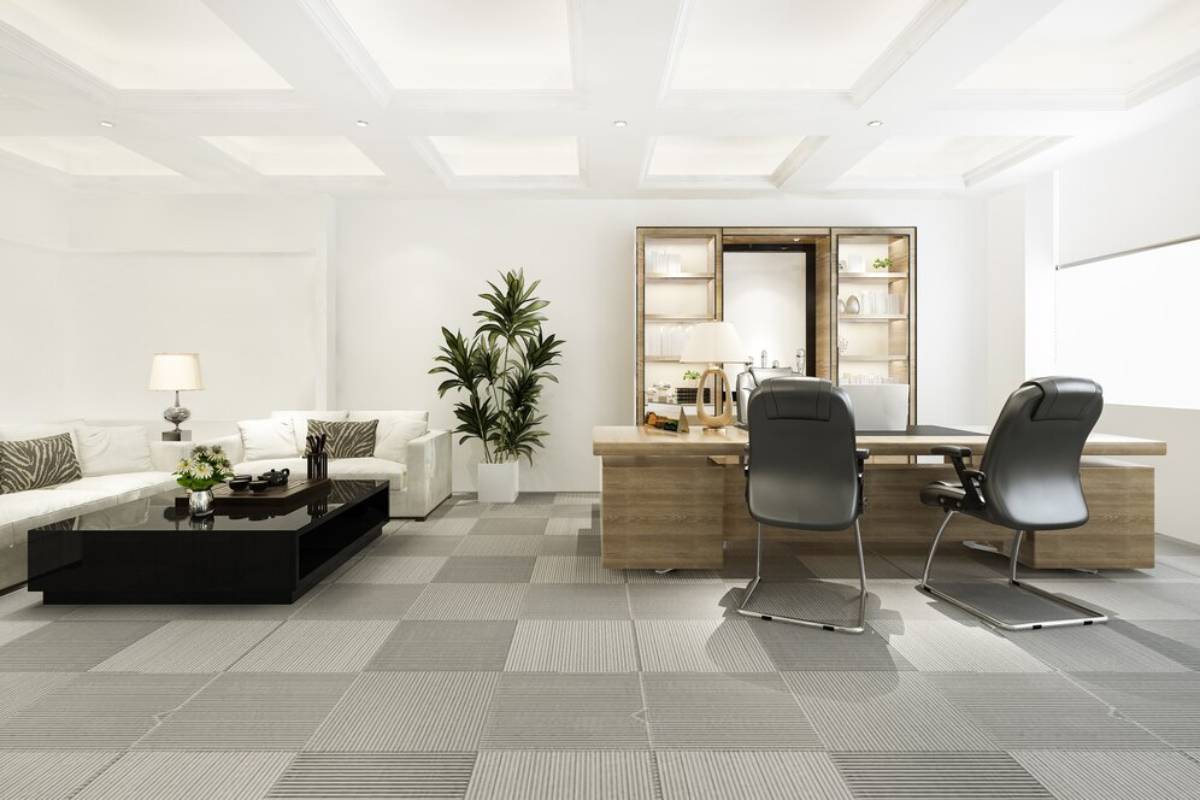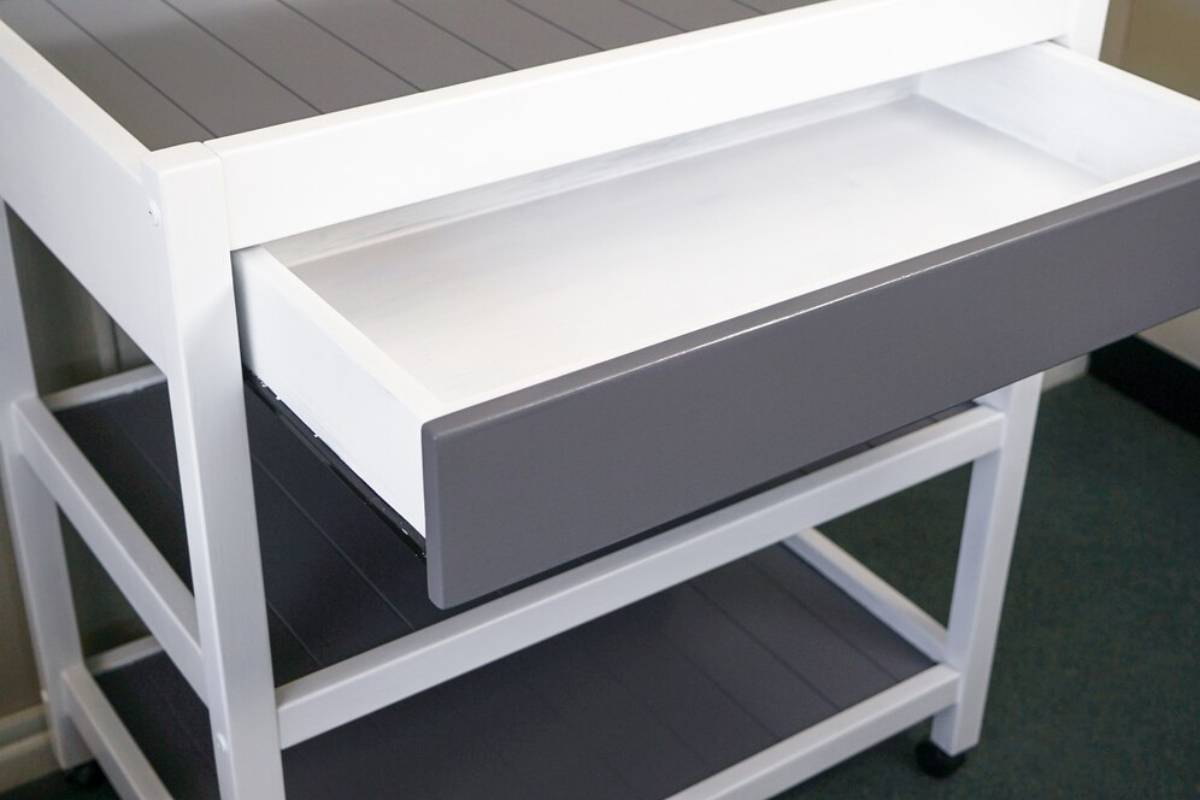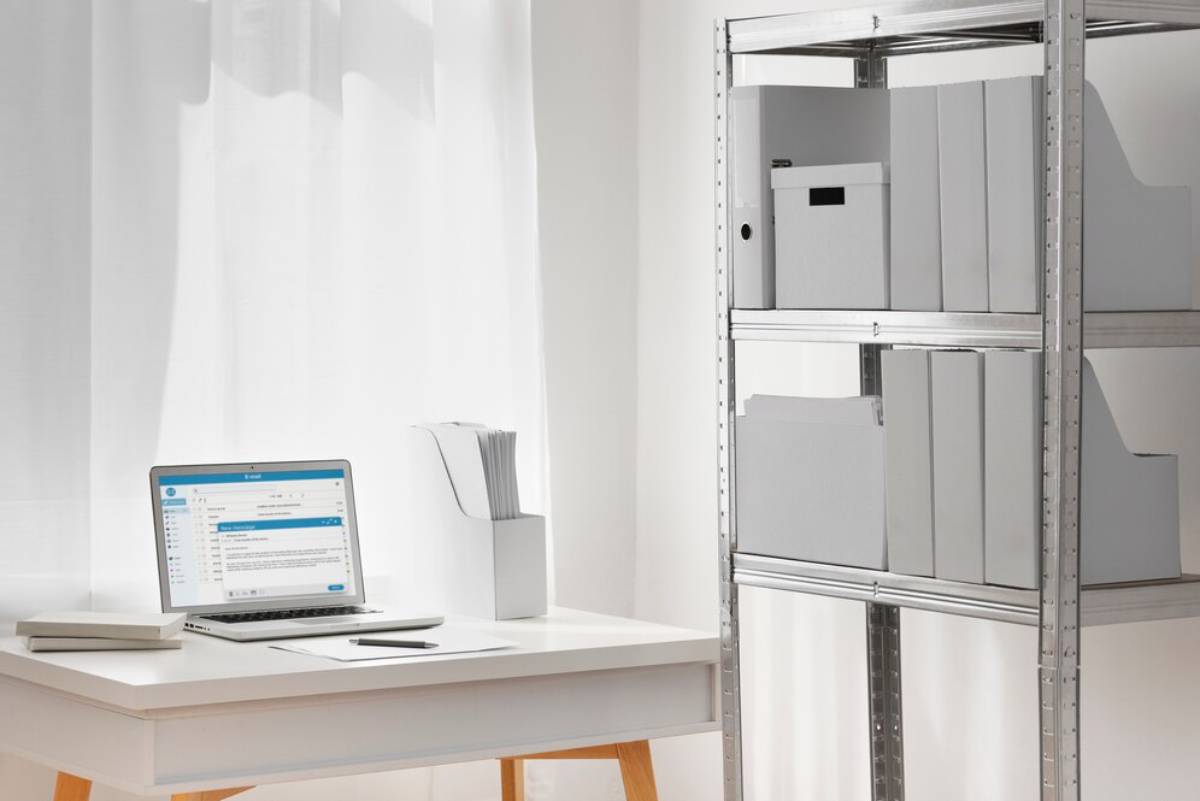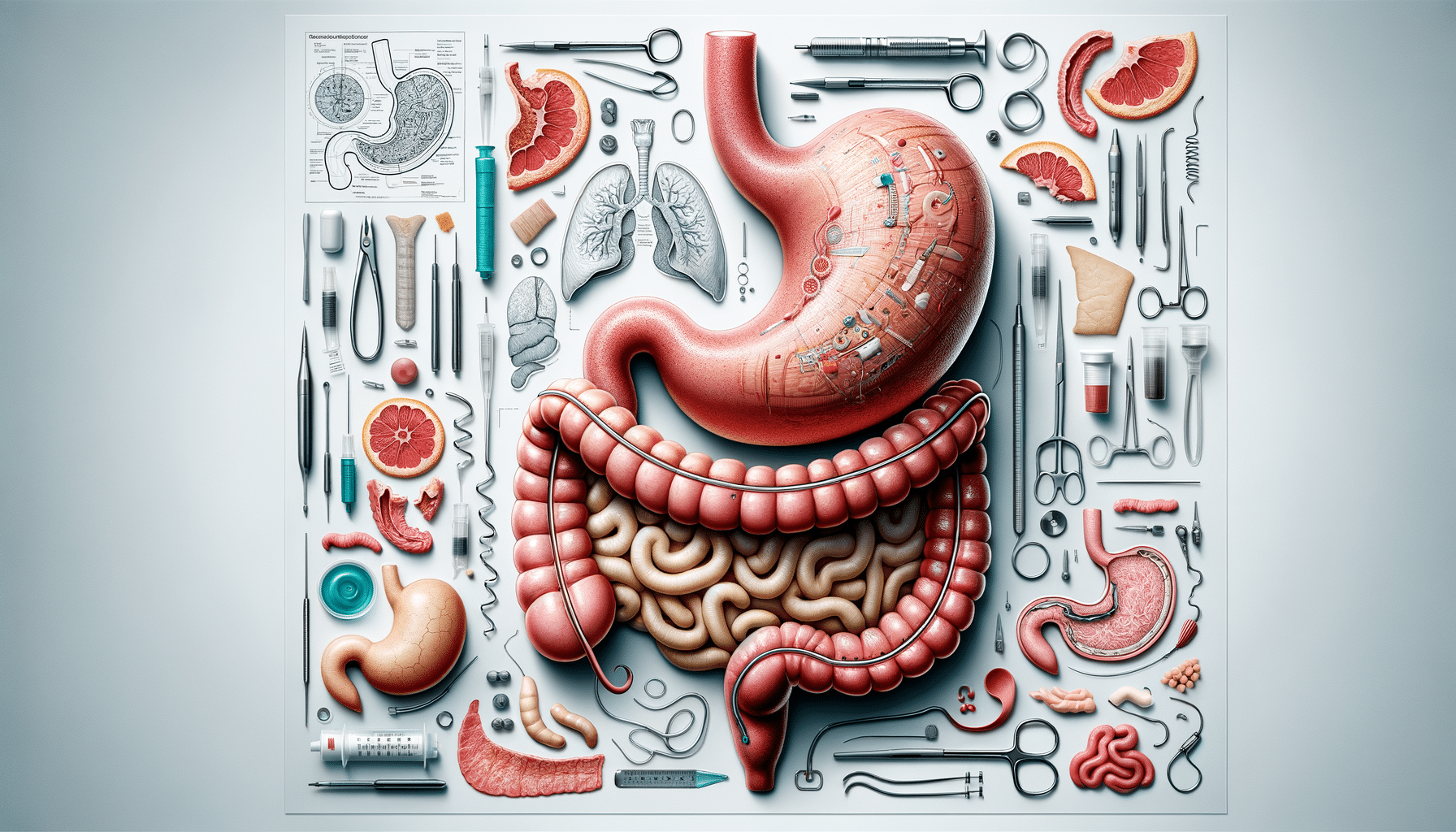
Organising Supplies the Scandi Way
The Scandinavian design philosophy has long stood for simplicity, functionality, and an unwavering appreciation for calm, well-balanced spaces. When it comes to office organisation, these principles translate beautifully into systems that not only clear clutter but also clear the mind. With smart Scandinavian tools and a refined approach to tidiness, anyone can create a tidy workspace that supports both focus and flow.
In this guide, you’ll learn how to streamline your work environment the Scandinavian way—through thoughtful design, natural materials, and intentional structure.
Why Scandinavian Organisation Works
In a world of fast trends and productivity hacks, Scandinavian design offers something refreshingly timeless: an emphasis on intentional living. The core of this approach is not about perfection, but about purpose.
The Scandi Organising Mindset:
- Minimal but meaningful: Keep only what adds value
- Natural and neutral: Favour calm palettes and tactile materials
- Functional design: Tools and furniture serve more than one purpose
- Visual order: What you see should bring peace, not distraction
By applying these values to your office, you’ll find yourself working in a space that supports rather than scatters your focus.
Decluttering: The First Step to a Tidy Workspace
Before bringing in new systems, start with a clean slate. The Scandinavian method isn’t just about organizing existing mess—it’s about reducing what needs organizing in the first place.
Decluttering Tips:
- Remove everything from your desktop and drawers
- Sort items into categories: keep, donate, recycle
- Ask the essentialist questions: Do I use this daily? Does it support my work?
- Minimise duplicates (you don’t need five pens or two staplers)
Once you’ve whittled down to the essentials, you’re ready to design your Scandinavian tools system.
Scandinavian Tools for Streamlined Storage
A hallmark of Nordic design is well-considered tools that disappear into the background when not in use. No clutter, no chaos—just quiet utility.
1. Modular Drawer Dividers

Keep internal drawer chaos at bay with modular trays in wood or recycled plastic.
- Use for: pens, clips, sticky notes, cords
- Choose: white, light grey, or soft oak finishes
Scandi Tip: Avoid overly bright colours or gimmicky shapes. Stick with tonal consistency for visual calm.
2. Minimalist Desk Organisers
Desktop tools should be as elegant as they are functional.
- Wooden trays with compartments
- Felt or wool catch-alls for paper clips and USBs
- Stackable boxes in linen-covered board
Keep only what you use daily on your desk—everything else should have a designated drawer or shelf.
3. Pegboards and Grid Panels
Vertical storage saves space and adds structure. Scandinavian offices favour pale wood or powder-coated metal options.
Use them to hang:
- Scissors and tape
- Headphones
- Notes or inspiration prints
These systems are customisable, beautiful, and supremely efficient.
4. Soft Storage Bins and Baskets
Instead of heavy filing cabinets or clunky plastic boxes, choose fabric or woven baskets that fit under desks or on open shelving.
Ideal for storing:
- Cables and chargers
- Notebooks and sketchpads
- Small tech accessories
Look for neutral tones—beige, charcoal, soft taupe—and natural textures like linen or jute.
5. Cable Management Solutions
Cords are the nemesis of a clean workspace. Scandinavian offices use tidy cable boxes and clips in discreet finishes.
Best Practices:
- Bundle cords with velcro ties
- Use cable trays under desks
- Opt for fabric-wrapped or colour-matched cables when visible
Out of sight, out of mind—and completely on-brand for a tidy workspace.
Furniture That Supports Scandinavian Organisation
Storage isn’t limited to bins and trays. The furniture you choose plays a huge role in maintaining visual and functional order.
1. Closed Storage Desks

Select desks with integrated drawers or built-in storage for items you need close, but not on show.
Materials to Look For:
- Matte white
- Light wood veneers
- Handle-less or push-to-open drawers
2. Open Shelving with Baskets
Shelves should display what’s beautiful and store what’s essential.
Combine:
- Open areas for books, ceramics, or greenery
- Closed baskets or boxes for less attractive items
This balance keeps the room open without revealing the mess.
3. Narrow Storage Towers
In tight compact workspaces, tall and slim cabinets maximise storage without dominating the room.
4. Rolling Storage Carts
These portable systems let you keep everyday supplies within reach—and tuck them away when you’re done.
Choose models in pale metal or muted tones with smooth, quiet wheels.
Establishing Daily Habits
Even the best office organisation system won’t maintain itself. Scandinavian design encourages rhythm and ritual to support long-term tidiness.
Micro-Habits for Maintenance:
- Start each workday with a clear desk
- End each session with a quick reset (2–3 minutes)
- Designate a home for every item
- Limit incoming items—don’t hoard freebies or office gadgets
Over time, these practices become as intuitive as checking email.
Organising Digital Supplies the Scandi Way
An organisation doesn’t stop at physical space. A truly tidy system also extends to your digital workspace.
Scandi-Inspired Digital Habits:
- Use minimalist desktop wallpapers
- Keep your screen clean—no more than 5–10 desktop icons
- Use folders sparingly but purposefully
- Archive weekly, delete monthly
- Sync files to a clean cloud drive with a simple folder structure
Apply the same values: clarity, simplicity, intentionality.
Creating Zones Within Your Workspace
Scandinavian layouts often divide work areas by function to prevent overlap and mental clutter.
Consider Creating:
- A focus zone: Clear desk with just the essentials
- A resource zone: Shelf or cabinet for tools, tech, and books
- A reset zone: Chair or window seat for reflection, calls, or reading
Each space should be defined, calm, and easy to maintain.
Aesthetic Harmony in a Tidy Workspace
It’s not just about function—it’s about how it feels. Scandinavian design enhances productivity by making you want to spend time in your space.
Harmonising Tips:
- Keep your colour palette cohesive (max 3–4 tones)
- Add one organic element: a plant, stone tray, or wooden accessory
- Use soft lighting to reduce strain and support ambience
Beauty and order go hand in hand when it comes to Scandinavian tools.
Mistakes to Avoid
Storing everything in one “junk drawer”
Choosing overly trendy organisers that don’t last
Overfilling open shelving
Neglecting digital clutter
Thinking minimalism means “nothing” instead of “only what’s needed”
Aim for functionality, not austerity.
Key Takeaway
Office organisation the Scandinavian way is about more than storage. It’s about intentional design that clears mental space, supports daily rhythm, and creates an environment where you can work, think, and rest with ease. With the right Scandinavian tools—from minimalist trays to natural-fibre bins—you can build a tidy workspace that feels effortless, intuitive, and beautifully simple.
Calm in the Clarity
In the end, a well-organised workspace home office is less about what you have and more about what you’ve chosen to keep. Scandinavian design teaches us to surround ourselves with purpose, simplify our systems, and find joy in the rhythm of order.
So clear your desk, soften your light, and start organising with the clarity of Scandinavian calm.


